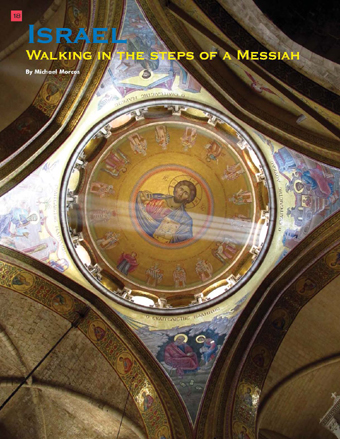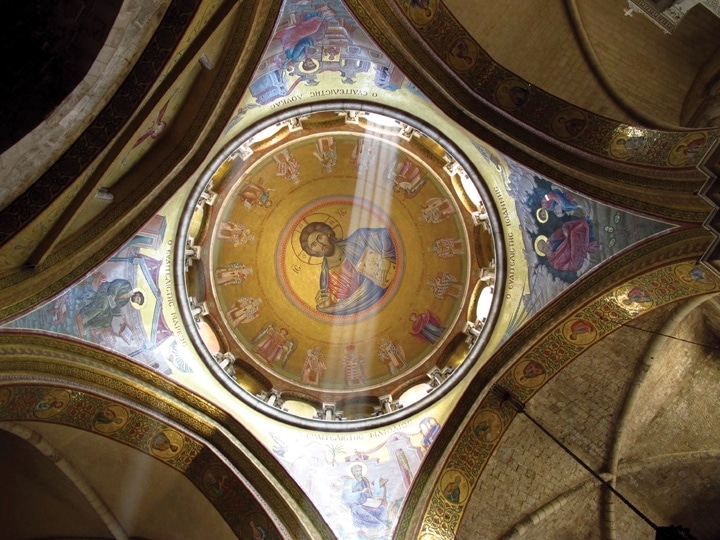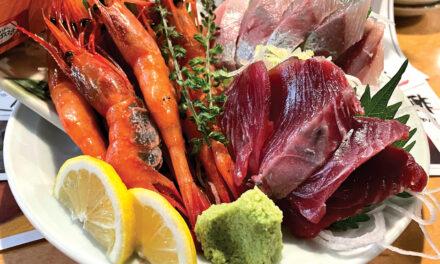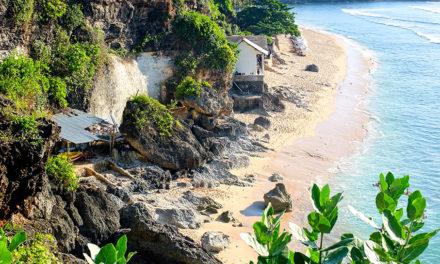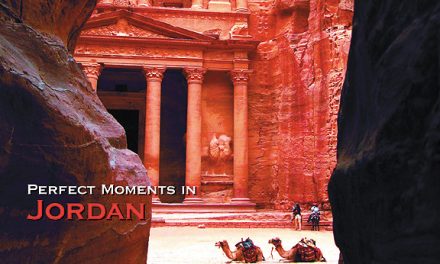Israel
Walking in the steps of a Messiah
Published in the Fall 2012 Issue of Canadian World Traveller
By Michael Morcos

The country of Israel has managed to do something incredible – it has protected it’s ancient traditions, religious roots and still found ways to stay progress and fascinating throughout the centuries. While there has been a swirl of conflict among opposing groups within the region, this does not deter from its beauty, significance and ability to attract visitors from across the world. I had an unforgettable experience wandering through the cities, villages and along the waterways to explore a beautiful culture and all around diverse atmosphere.
Tel Aviv’s bustling center
I arrived in Israel’s main center for commerce, culture and finance. Unlike its historical counterparts, this hub of activity is much more modern and stylish, boasting skyscrapers, popular restaurants, museums and people sporting the latest fashions. It was interesting to be introduced to the country this way, as many picture Israel to be somewhat barren or predominantly covered in ancient ruins and landmarks.
Jaffa by the sea
Along the coast of Tel Aviv is Jaffa, which is said to be the inspiration and location where the Jonah the Whale tale took place. You can see beautiful, panoramic views of the whole city from this area, as well as a busy port full of fisherman, artists quarters and many others making their livelihood.
The port of Caesarea
Here is where the historical points of interest start to shine. The Crusader City is full of ruins, some of which have been uncovered as early as last year during ongoing excavations. I especially was intrigued by the reconstructed Roman Theater and the aqueduct in the port, used by past civilization for irrigation and entertainment.
The church in Nazareth
After Caesarea, we ventured into Lower Galilee, said to be the town where a young Jesus of Nazareth grew up and lived. A highlight of this area, however, is not as old as its surroundings. The Basilica of the Annunciation has only built in the late 1960s, but it pays homage to classic designs and traditions in every other way. The mass service held inside was hauntingly beautiful and incorporated many Christian practices, such as singing hymns, breaking bread and connecting with fellow members of the congregation during peacetime.
A cruise through Kfar Cana
Moving along in Biblical stories, we headed to Kfar Cana, which is said to be the site where Jesus performed his first miracle, turning water into wine at a wedding. It was interesting to be so close to these very old stories and connect with them in a whole new way. The area is so famously linked to this Bible tale that hotels, restaurants and other attractions are named after the event.
The magnificent Mount Tabor
This site is a picturesque part of the natural landscape of the area, standing as a large, green mound over surrounding valleys. At the summit there is a striking church covered in mosaics and other adornments depicting some biblical stories, including the large gathering of people who followed Deborah the prophetess and Barak.
History surrounding the Sea of Galilee
A crash course in ancient history was what I experienced on our trek to the Sea of Galilee. Overlooking the place was the Mount of Beatitudes, which offered stunning views and was also the traditional site said to host the Biblical Sermon on the Mount. When it comes to churches, there is a wealth in the Sea of Galilee, many of which are tied to Jesus and his teachings that took place throughout the region. For instance, in Tabgha I attended a mass that paid homage to the multiplication of fishes and loaves. At the Church of Primacy, also known as Mesa Christi, I learned that this is said to be where Jesus officially met with his disciples after his resurrection from the dead.
Not only was there plenty of man-made places to visit, the environment itself was something to behold. In contrast to much of the other desert regions, this area had vegetation and was full of plants, wildlife and a flourishing people. It was refreshing to stumble upon this type of place after seeing a sea of sand for so long.
Dead Sea wonders
Now it was time for my second visit to the Dead Sea. In the past I had experienced this body of water in the country of Jordan and was eager to re-visit the unique spot for swimming and sightseeing. The density of the water is fascinating, as it’s a few times higher than regular oceans. This allows for people to float seemingly on top of the surface – a very surreal feeling. This area is also said to be one of the “lowest” in the world at nearly 420 meters below sea level.
Sacred traditions on the Jordan River
While it was wonderful to see the historical aspects of traditions, faiths and religions, but once I arrived at the Jordan River I was able to witness these practices in real time. Many people travel from all across the globe to be baptized in these sacred waters by religious leaders sanctioned by their church to perform these rituals. Due to the demand, most of the time the routine is completed with a large group, as everyone is prayed over and dunked into the water during the same ceremony.
The caves of Qumran
While on our journey to the Dead Sea, we were able to make several stops to check out some amazing attractions along the way. I learned about ancient Jewish settlers in Qumran, where ruins of a very old Essene civilization have been found, which is a Jewish zealot sect. Some believe that the caves were the locale that protected the Dead Sea Scrolls from being found for such a long time.
Memorable Massada
We also visited the Massada and its adjoining museum by hopping on a cable car and looking at King Herod’s mountaintop fortress, which has now been named a UNESCO World Heritage Site. The plateau lets visitors see the desert and landscape below, making for an great photo op and way to picture how it may have been for ancient civilizations to live and work in this part of the country.
Jerusalem’s Church of the Holy Sepulcher
This destination may be one of the most famous areas of Israel for people of many faiths to explore and experience. The streets are full of Christian churches and Jewish temples, while five times a day you can also hear the Muslim call to prayer. As the capital city, it is divided into two parts, the old and new sections that both have a very distinct feel. We first traveled through the new area and were rewarded with breathtaking vistas of the Old part of Jerusalem from atop the Mount of Olives.
While at this special location, I also encountered the Garden of Gethsemane. Many Biblical stories revolving around Jesus took place here, including the spot among the olive trees where he prayed and was arrested by the guards hired by Pontius Pilate. Various Catholic organizations and individuals donate funds to preserve this space so people of all faiths can visit and enjoy the historical background of the gardens.
The City of David
When we ventures to the old part of town, I was able to see part of the City of David up close. At the Citadel there is a wonderful museum that explains the origins of the Tower of David among other things in the district. In the evening, I saw a spectacular light and sound show hosted by Citadel. Even though were were surrounded by ancient architecture, we also were also to see the current Israeli Parliament building and the new Supreme Court building as well. I entered the Israel Museum and was able to see the Dead Sea Scrolls in person, said to be some of the oldest manuscripts preserved of all time.
Oh little town of Bethlehem
Not only was the trip to Bethlehem a step back in time, it also gave me an opportunity to find out more about the difficult conflict of interests among the Palestinians and the Israelis. I went to Bethlehem on my own, as it is on the Palestinian side and requires a doubled checked passport to enter and return, as some people are not permitted to visit.
The elegant Church of the Nativity is said to be constructed on the site where baby Jesus laid in a manger and was visited by the Three Wise Men. Now this place of worship is considered a UNESCO World Heritage Site and is said to be one of the oldest continuously used Christian churches on the planet.
Mount Zion
The Bible often depicts Mount Zion as a dynamic part of ancient civilization, and seeing it person I could understand why. Here is where the Last Supper occurred at The Coenaculum, where Jesus had a meal with his disciples before execution. At the Dormition Abbey, Biblical stories say this is the spot where Mary ascended into heaven. Simply strolling through this part of the world is a history lesson in itself, as many buildings, pathways and relics date back hundreds of years and are a part of every life.
The Old City of Jerusalem
I spent part of my time in Old Jerusalem as well, perusing the various historical landmarks and getting an in-depth feel for the city. Some of the most notable spots included the reconstructed Jewish Quarter and the Western Wall, said to be Judaism’s most sacred site. For a little bit of fun, we walked through the shuk, or Arab market, to get a look at their colorful and exotic wares for sale. Household items, textiles, spices and jewelry are all commonly found at this massive bazaars.
The trip overall was a powerful one – being immersed in so much ancient history can’t help but move people into feeling a strong connection with others of faith. Each step along old stoned streets made me feel a little closer to the past and I loved every minute of the passionate tradition I witnessed among visitors and locals alike.
